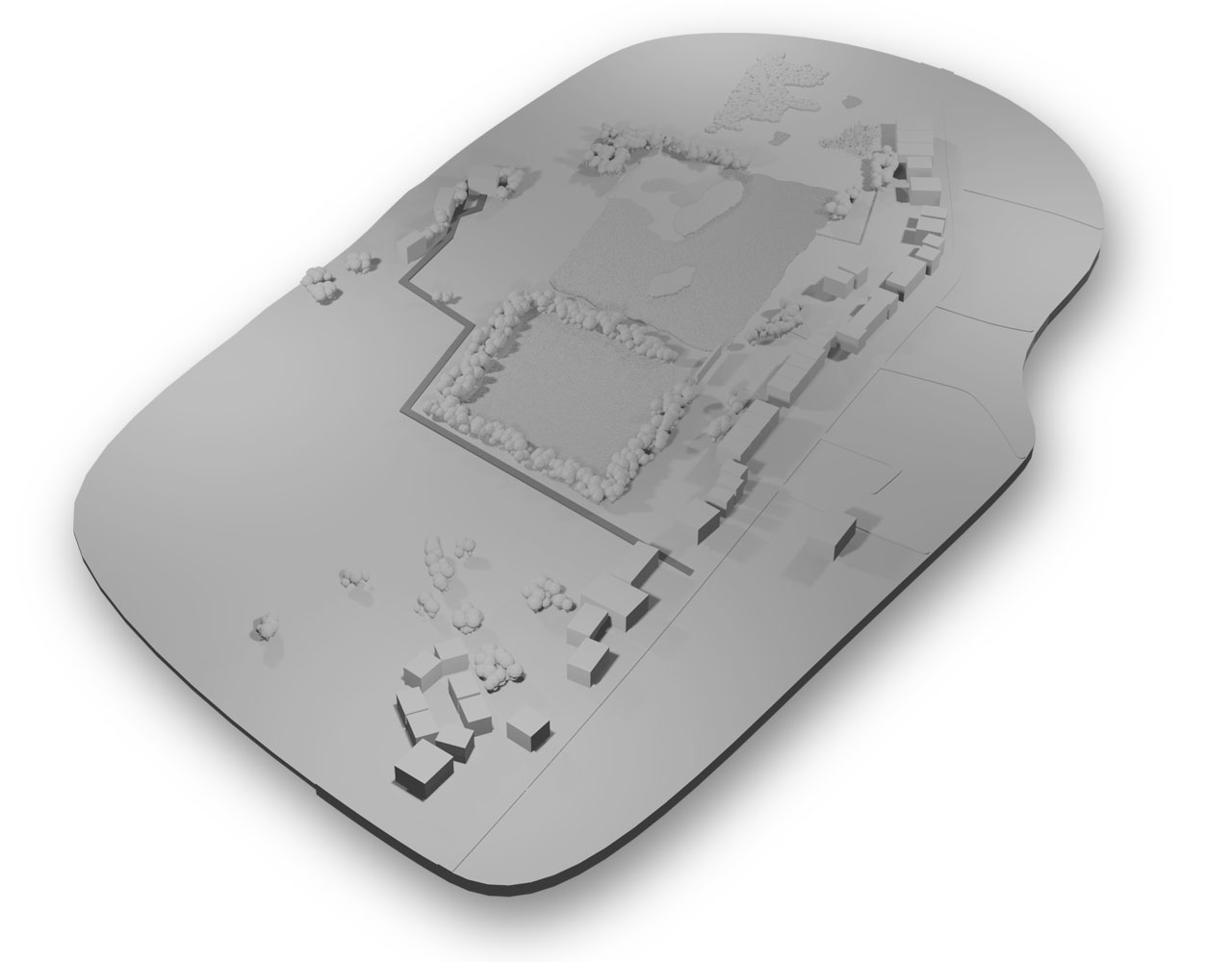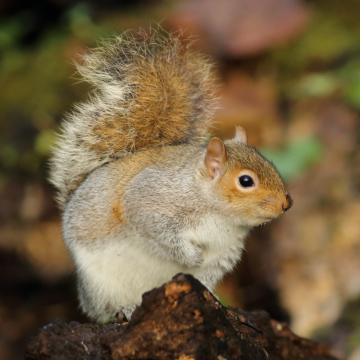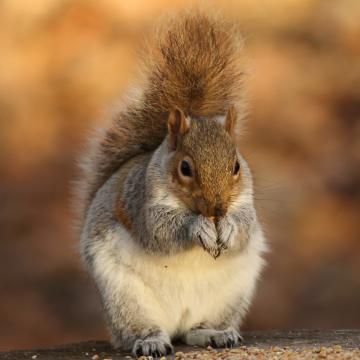Sciurus carolinensis
Summary
Grey squirrels are non-native to the UK. They were introduced from the USA in the 19th century and today the population is over 2.7m.
Unfortunately, they carry squirrel pox disease, which has almost wiped out our native red squirrel.
Squirrels have double jointed ankles, which means that their feet can face forwards and backwards. This is a great help for climbing trees.
You will often find squirrels in and around the compound area of the wetlands, where there are lots of oak trees for them to gather their winter stash of acorns from, to bury.
Grey squirrels have become very tame and in towns and cities, they can be spotted scavenging in bins, much like foxes.
Grey Squirrel facts and statistics
• 23-30cm high
• Eat nuts, seeds and berries
• Known for their agility and cunning
How to identify
Grey squirrels have a silver-grey coat, with a brown face and feet. Their tail is very bushy!
Sometimes the brown on their face can appear reddish. They, therefore, can get mistaken for our native red squirrels.
Conservation status
Invasive species
Habitat
They can be found in many places including:
• Woodlands
• Gardens
• Parks
• Towns
• Farms
Ways to help
You can feed squirrels that come into your garden with things like peanuts. Their favourite foods include acorns (of course!), but they also eat roasted pumpkin seeds. In fact, if you leave out your pumpkin after Halloween, they will come and nibble on it.
Please avoid feeding them cashews, sunflower seeds, dried corn or pine nuts though, these are high in calcium and can cause harm.
Grey Squirrel sightings at Grimsargh Wetlands



